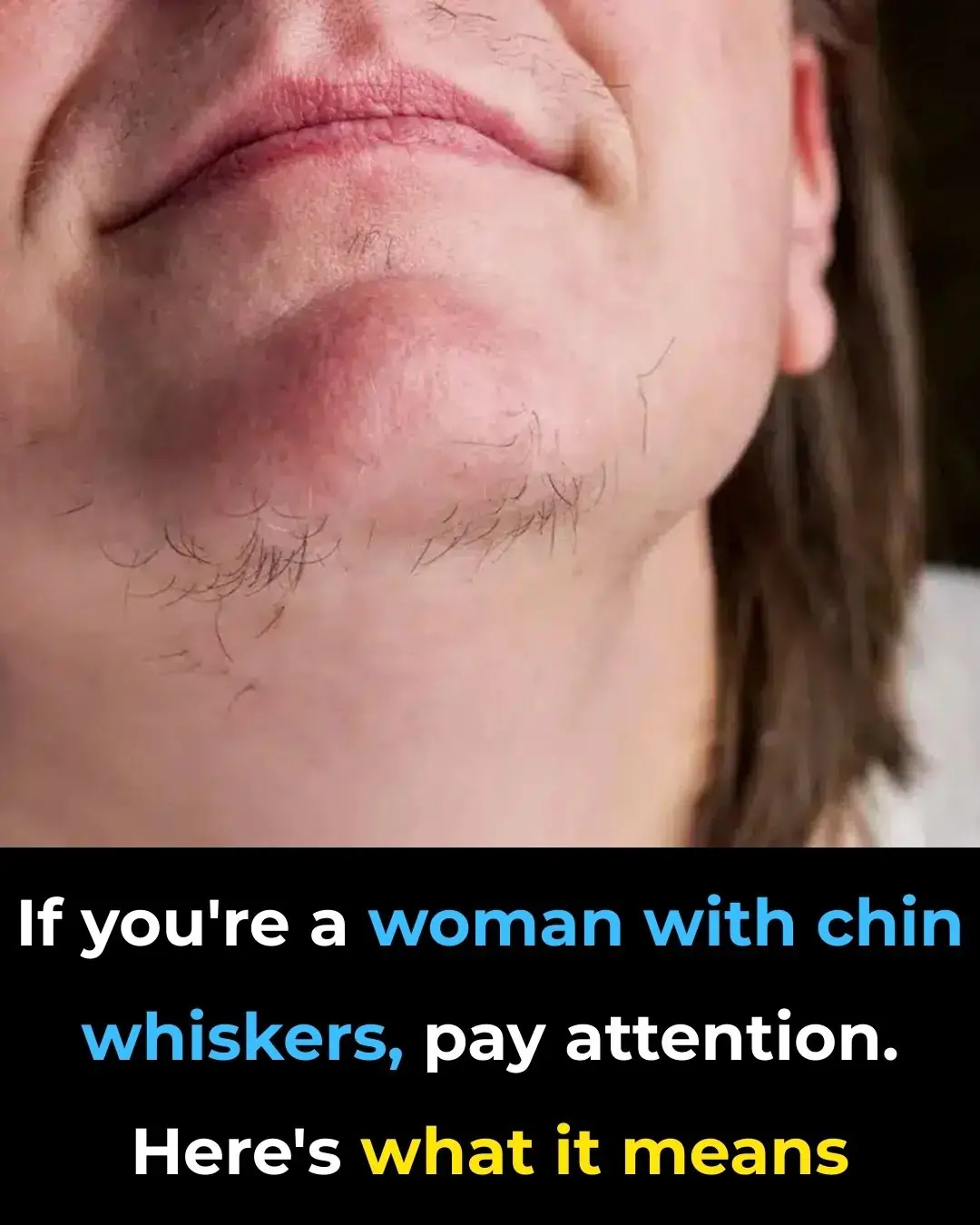
Man Folded In Half Stands Straight After 28 Years
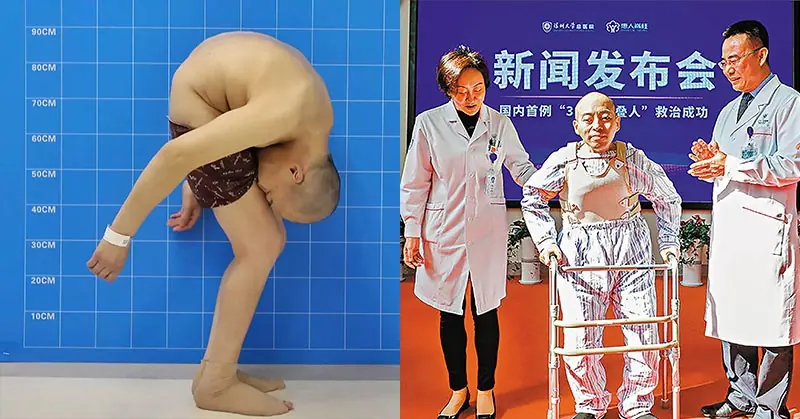
A man in China has reclaimed his life after undergoing an intense spinal surgery that allowed him to stand, lie down, and even look straight ahead—things he hadn't been able to do for years.
The "Folding Man"
46-year-old Li Hua was known as the "Folding Man" due to his upper body being permanently folded forward, bending onto his lower limbs. Diagnosed with ankylosing spondylitis at the age of 18, he and his family couldn’t afford treatment for the condition. Over time, his painful joints made it increasingly difficult to stay upright, and he eventually reached a point where sitting, lying down, or even eating and drinking became a struggle. His home province in Central China, Hunan, refused to provide medical care, deeming it too dangerous and life-threatening.
However, Professor Tao Huiren, the head of spinal surgery at Shenzhen University General Hospital, took on the challenge. Having treated similar conditions before, Huiren was faced with one of the most severe cases of ankylosing spondylitis.
"Our only option was to break his bones in sections—his femur, cervical vertebrae, thoracic vertebrae, and lumbar vertebrae—and then straighten his spine," Professor Huiren said. "The risks were 20 to 30 times greater than a typical spinal surgery, and there was a high chance he could become a paraplegic."
The surgery was successful, and for the first time in 28 years, Li Hua could stand, sit, and lie down comfortably.
What is Ankylosing Spondylitis?
Ankylosing spondylitis (AS) is a chronic inflammatory arthritis that primarily affects the spine. It typically starts in adolescence or early adulthood and is characterized by back pain and stiffness. As the disease progresses, the vertebrae fuse, limiting movement in the back, a process known as ankylosis.
AS begins in the sacroiliac joints, located between the sacrum (base of the spine) and the iliac bones of the pelvis. The inflammation then spreads to the rest of the spine, leading to spondylitis. The condition can also affect other joints like the hips, shoulders, and sometimes the knees, and may impact the joints between the spine and ribs, restricting chest movement and making deep breathing difficult. In some cases, AS can cause eye inflammation, known as iritis or uveitis.
How Does AS Develop?
The exact cause of ankylosing spondylitis remains unclear, but it is considered an uncommon condition, affecting approximately 0.2 to 0.5% of the U.S. population. AS is thought to be hereditary, with genetic markers like the HLA-B27 antigen increasing the likelihood of developing the disease.
HLA-B27:
HLA-B27 are antigens—proteins found on the surface of white blood cells that help fight infections. If you have this antigen in your blood, it could indicate an autoimmune disease, where your immune system mistakenly attacks your body’s own cells. Ankylosing spondylitis is one of the most common autoimmune diseases linked to HLA-B27, and a simple blood test can detect it.
Treatment for Ankylosing Spondylitis
The primary goal of treatment for AS is to relieve pain and stiffness and prevent spinal deformities. The most successful treatment occurs when the condition is caught early, before irreversible spinal damage occurs.
Nonsteroidal anti-inflammatory drugs (NSAIDs) are typically the first line of treatment for AS. They help reduce inflammation, pain, and stiffness but may cause gastrointestinal issues. If NSAIDs are ineffective, doctors may prescribe biologic medications such as TNF blockers or IL-17 inhibitors, which target inflammation and help alleviate pain and stiffness.
Physical therapy is also crucial for managing AS, as it can improve strength and flexibility and provide pain relief. Surgery is generally considered a last resort for patients with severe joint damage, and most people with AS do not need surgery.
Li Hua’s Successful Surgery
Li Hua’s surgery was groundbreaking, as it was the first time such severe spinal deformities had been corrected in China. He currently uses a walker to assist with movement, but doctors are confident that with a few months of physical therapy, he will be able to move normally again.
"Of course, he won’t be able to do anything too extreme, like boxing or playing tennis, but all normal movements should be no problem," said Professor Huiren.
The surgery gave Li Hua his life back, and he is deeply grateful, especially to his mother, who had been his primary caregiver for most of his life. "Without Dr. Tao, there would have been no cure for me. He’s my savior, and my gratitude to him is second only to my mother," Li Hua expressed.
Li Hua's story is a testament to the resilience of the human spirit and the power of modern medicine to restore quality of life, even in the face of severe medical challenges.
News in the same category


Signs to look out for amid Gordon Ramsay's health warning after undergoing cancer surgery

Dubai Princess Who Divorced Husband on Instagram Now Engaged to Rapper French Montana
In a twist that has stunned royal watchers and the entertainment world alike, Dubai’s Princess Sheikha Mahra—who publicly divorced her husband via Instagram—has reportedly become engaged to Moroccan-American rapper French Montana. The news comes jus

Military sleep method is 96% successful and will send you to sleep in two minutes
Struggling to sleep? A viral “military sleep method” promises to send you into slumber in just two minutes. With a 96% success rate, it’s being hailed as a game-changer for insomniacs and restless minds alike.
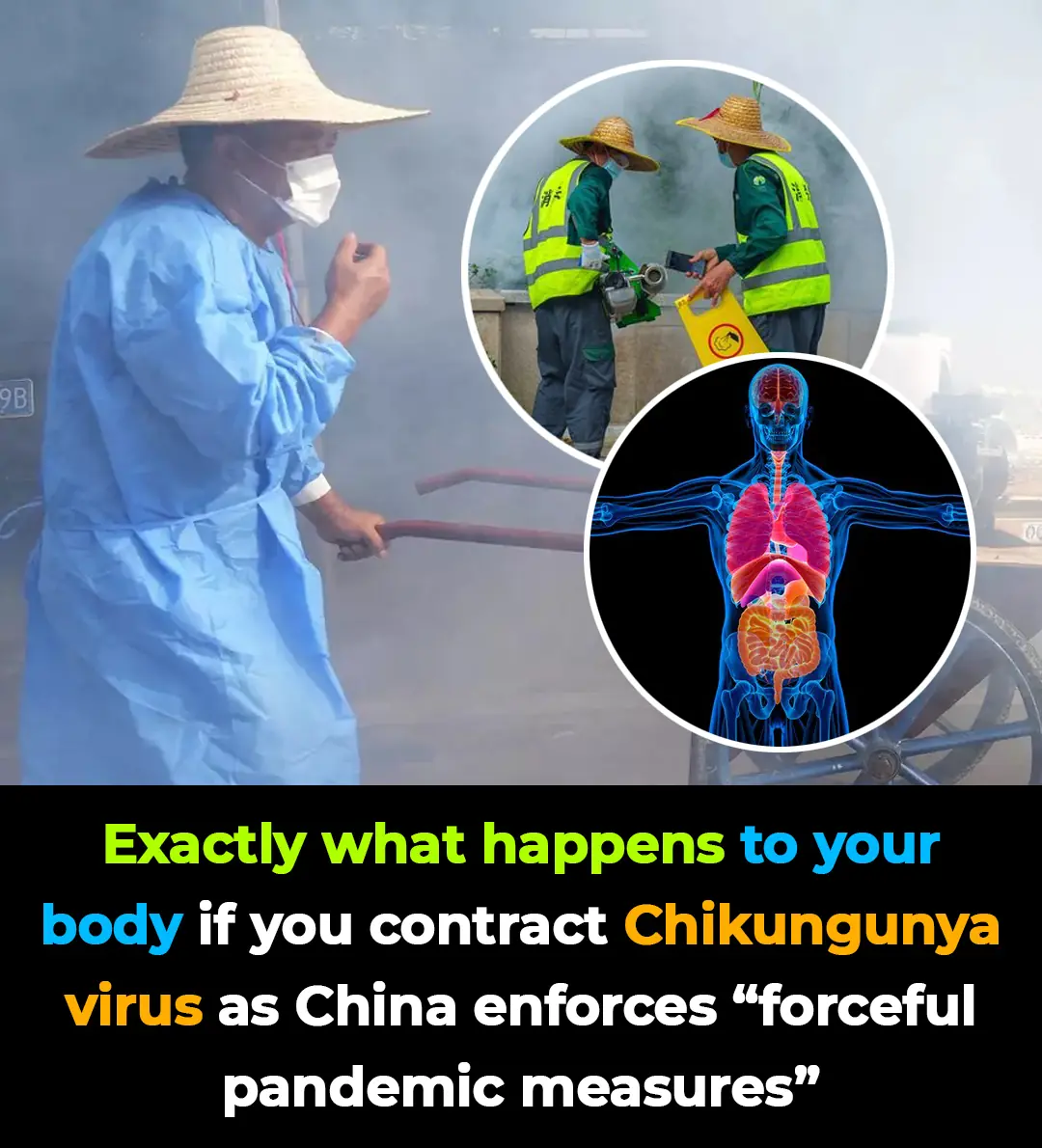
Exactly what happens to your body if you contract chikungunya virus as China enforces 'forceful pandemic measures
Just as the world is still grappling with the lingering effects of COVID-19, a new viral threat has emerged. China is now battling a fast-growing chikungunya outbreak, enforcing strict pandemic-style measures to contain the mosquito-borne disease.
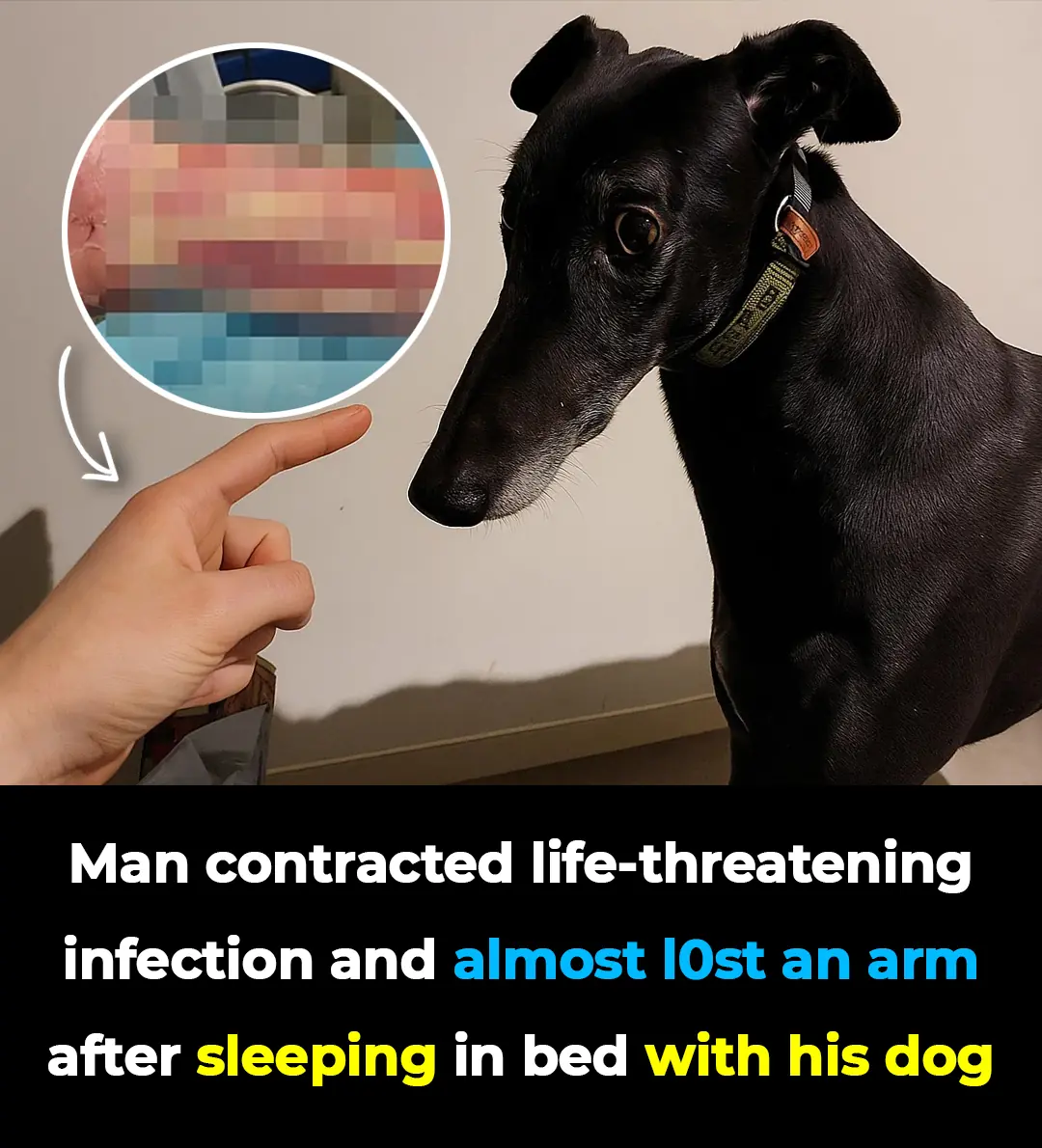
Man contracted life-threatening infection and almost lost an arm after sleeping in bed with his dog
What started as a harmless night sharing a bed with his pet turned into a nightmare. An Australian man contracted a rare, life-threatening bacterial infection after his dog accidentally bit him in his sleep, leaving him close to death and with lasting hea

Google issues warning to billions of Gmail users amid dangerous new scam
Billions of Gmail users are being warned of a dangerous new wave of cyberattacks. Google has confirmed that a notorious hacker group is actively exploiting a massive data breach to infiltrate accounts and extort victims.

Billionaire shares plan for $20 million sub voyage to Titanic site to prove industry is safer after OceanGate disaster
One year after the Titan sub disaster claimed five lives, a billionaire is betting $20 million on a daring new voyage to the Titanic wreck. His mission: prove to the world that deep-sea exploration can be safe.

Masterful Painting Of Jesus By 8-Year-Old—Says She Saw The True Face Of Jesus
At just eight years old, Akiane Kramarik stunned the world by painting what she believed was the true face of Jesus. After being lost, hidden, and nearly forgotten for 16 years, her masterpiece “Prince of Peace” has finally returned to the light—alo

Urgent warning issued to travelers as China takes ‘covid measures’ after reporting 7,000 cases of Chikungunya virus
Following guidance from the World Health Organization, China is focusing on mosquito control as the most effective method to prevent further spread.

US man accidentally buys entire street for $5,000 after thinking he was purchasing vacant lot
An Ohio man thought he had struck a bargain at a county auction. But his dream investment quickly spiraled into a nightmare when he discovered he now owned an entire street by mistake.

Prophet Who Predicted Covid-19 And Queen’s Death Foresees Chilling Future
A man dubbed the “Living Nostradamus” claims humanity is on the brink of catastrophic upheaval, from cyber warfare and collapsing financial systems to climate chaos. His chilling visions, which he says predicted Covid-19, the Queen’s passing, and ev

Elon Musk warns country with population of 124,000,000 will lose nearly a million people this year
Elon Musk has sounded yet another alarm on the global demographic crisis, warning that one of the world’s largest nations is on track to lose almost a million people in a single year. The billionaire insists the consequences of shrinking populations cou

Southwest Airlines causes outrage at new plus-size policy that will 'literally stop people from flying'
Southwest Airlines, once praised for being customer-friendly, is now facing intense backlash after rolling out a controversial new policy for plus-size travelers. Critics say the rules could price many people out of flying altogether.

Scientists discover two miracles by Jesus 'actually happened' in breakthrough revelation
For centuries, skeptics dismissed the miracles of Jesus as symbolic or exaggerated stories. Now, a groundbreaking scientific study suggests that at least two of his most famous acts may have been rooted in real natural phenomena.

OnlyFans model shows insane yearly earnings as she reveals she made more than LeBron James
At just 20 years old, Sophie Rain says she has earned a jaw-dropping fortune that rivals NBA legend LeBron James. Now, she’s opening up about her wealth, fears, and the surprising way she’s kept her content “PG.”

Machine Gun Kelly Shocks Fans With Claim He Might Be Part Alien After Mom’s “Abduction” Confession
The rapper-turned-rockstar left viewers stunned after suggesting he may not be entirely human. According to MGK, his quick-healing body, missing life details, and his mother’s shocking “alien ab:duction” story have him questioning his true origins.

Travis Kelce’s Dad Spills Exact Details of His Proposal to Taylor Swift—and Fans Can’t Handle It
Taylor Swift and Travis Kelce just broke the internet with their engagement news. Now, Travis’s dad is adding fuel to the frenzy by revealing when and how the Kansas City Chiefs star actually popped the question—and Swifties are in total meltdown.
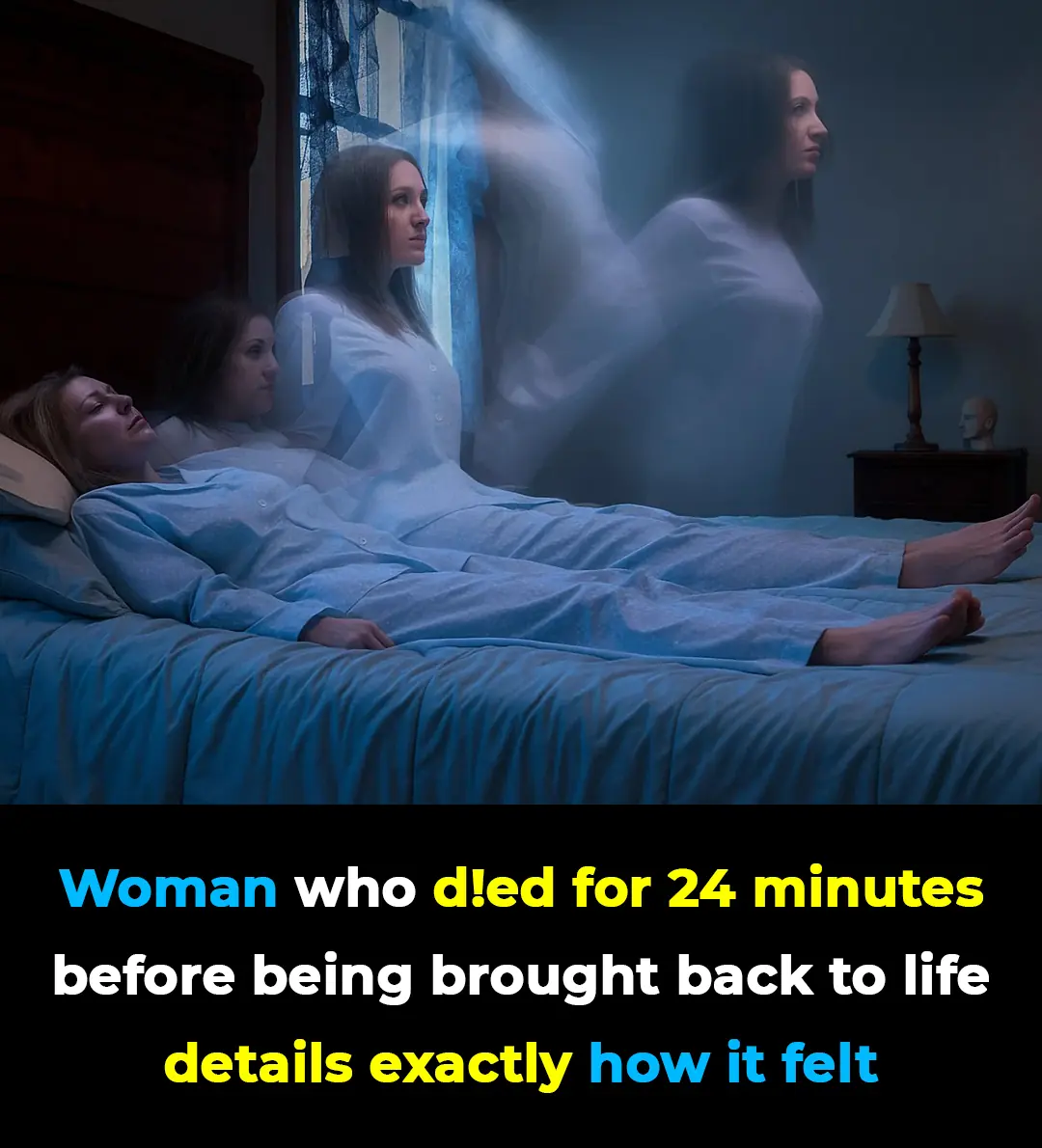
Woman who died for 24 minutes before being brought back to life details exactly how it felt
For nearly half an hour, her heart stopped beating. Against all odds, doctors brought her back—and now she’s sharing the chilling yet strangely comforting details of what she experienced on the other side.
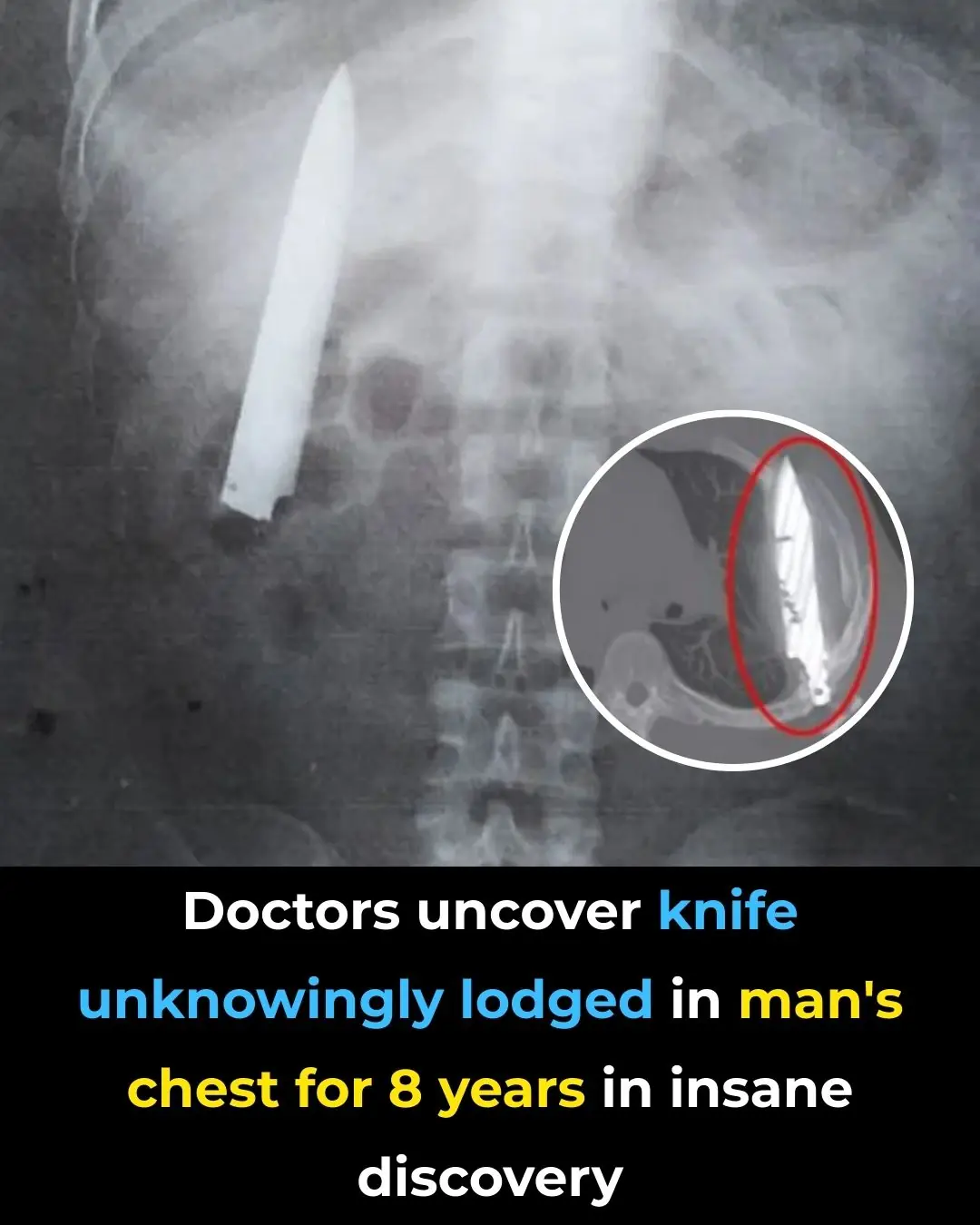
Doctors uncover knife unknowingly lodged in man's chest for 8 years in insane discovery
News Post

Why Your Legs Cramp at Night (And How to Fix It)

How to Use Rice Water for Gorgeous Hair and Skin (Detailed Instructions)

Beware: U.S. Salmon May Be Crawling with Japanese Tapeworm, Say Scientists
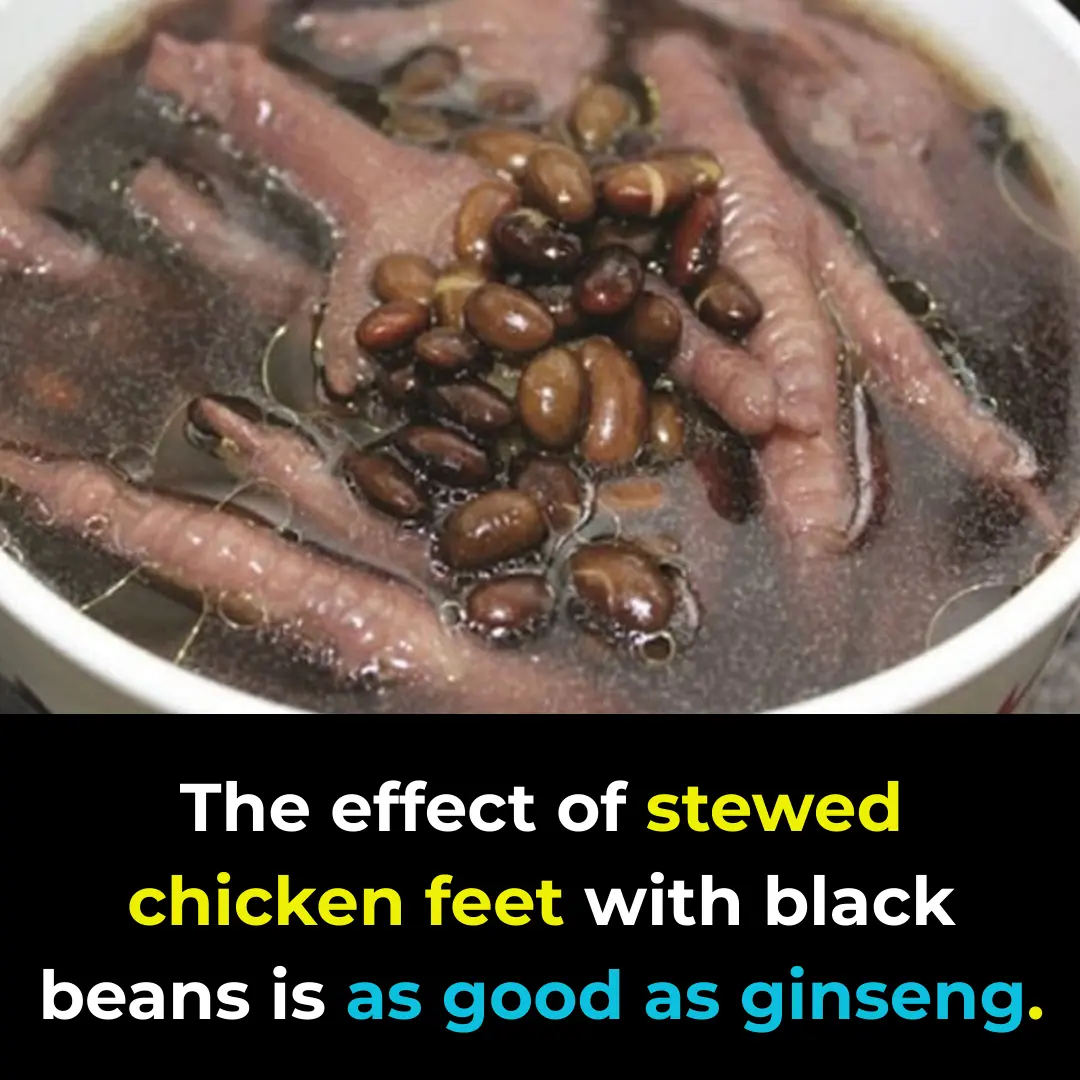
The Benefits of Chicken Feet Stewed with Black Beans – As Powerful as Ginseng

There are many cuts of beef, but only these 3 are considered the true “essence” – both chefs and butchers wholeheartedly agree!
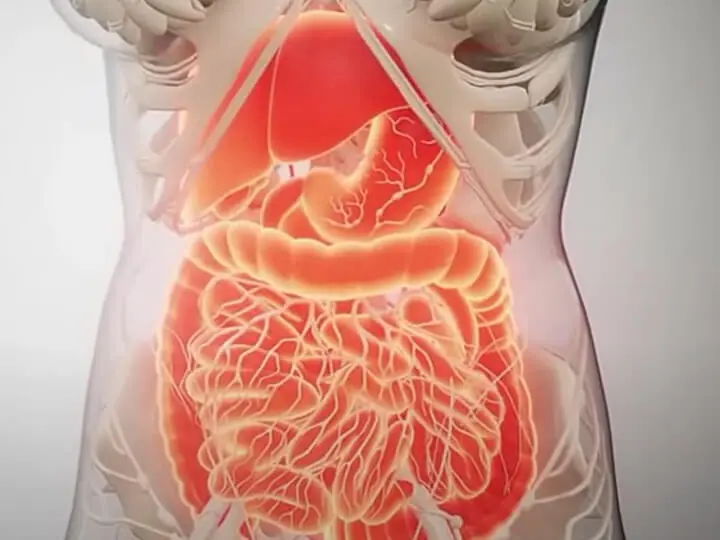
Colon Cleansing: How to Naturally Flush Your Colon at Home (Science-Based)

Put this into a lemon and place it in the corner of your house – mosquitoes will stay away for good

3 Morning Symptoms That May Signal the Onset of Canc3r
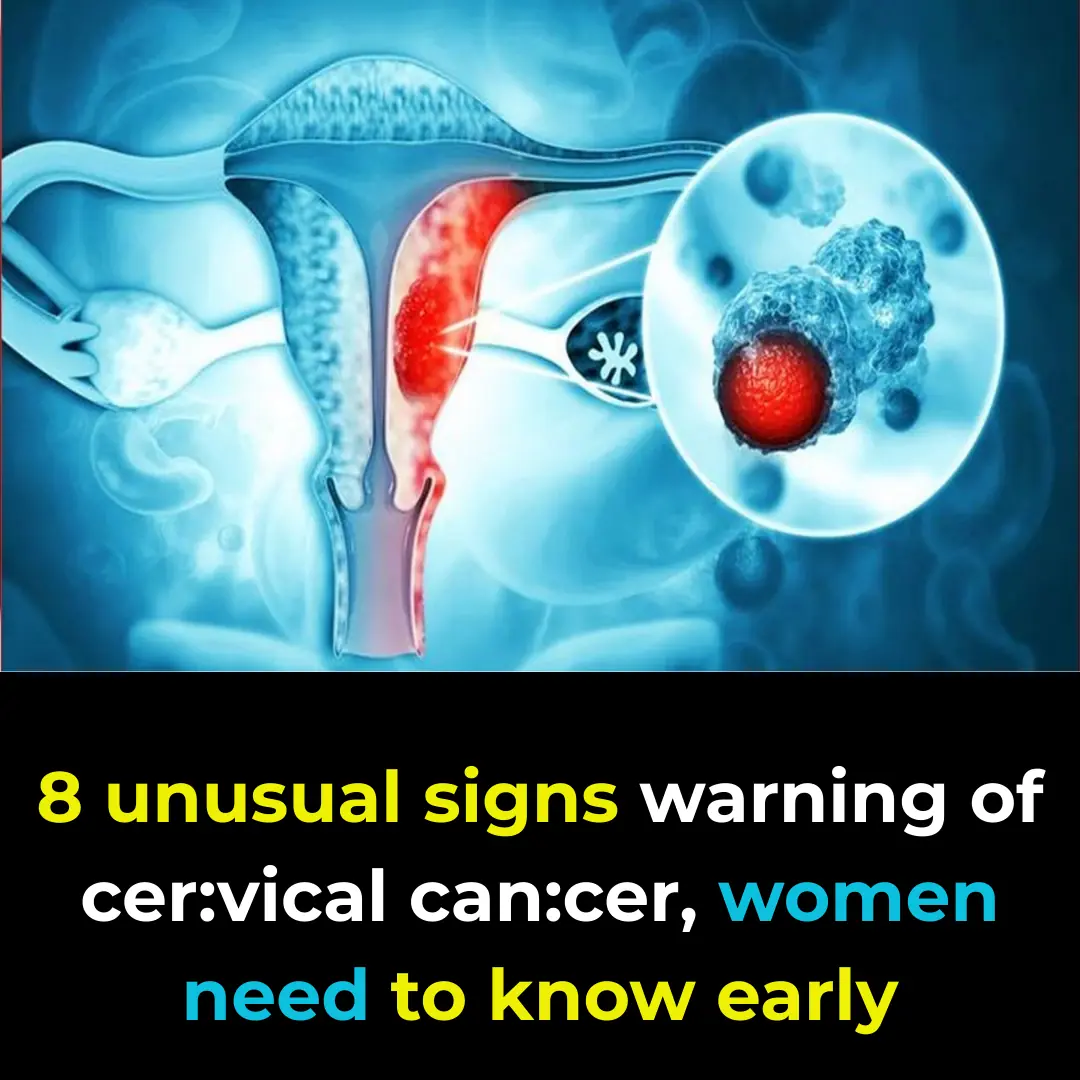
"8 abnormal signs warning of c3rvical canc3r that women need to recognize early"

If you don’t correct these 5 harmful eating and drinking habits right away, sooner or later your esophagus will also be “ravaged” by cancer cells.

Is Your Air Conditioner Outdoor Unit Making Loud Grinding Noises? Use This Simple Trick to Make It Run Quietly Without Calling a Technician!

Urgent warning issued to travelers as China takes ‘covid measures’ after reporting 7,000 cases of Chikungunya virus

3 Effective Ways to Prevent Snakes from Entering Your Home Everyone Should Know to Protect Their Family

Signs to look out for amid Gordon Ramsay's health warning after undergoing cancer surgery

How to Handle Common Refrigerator Problems and a Surprising Lesson from American Toilet Habits
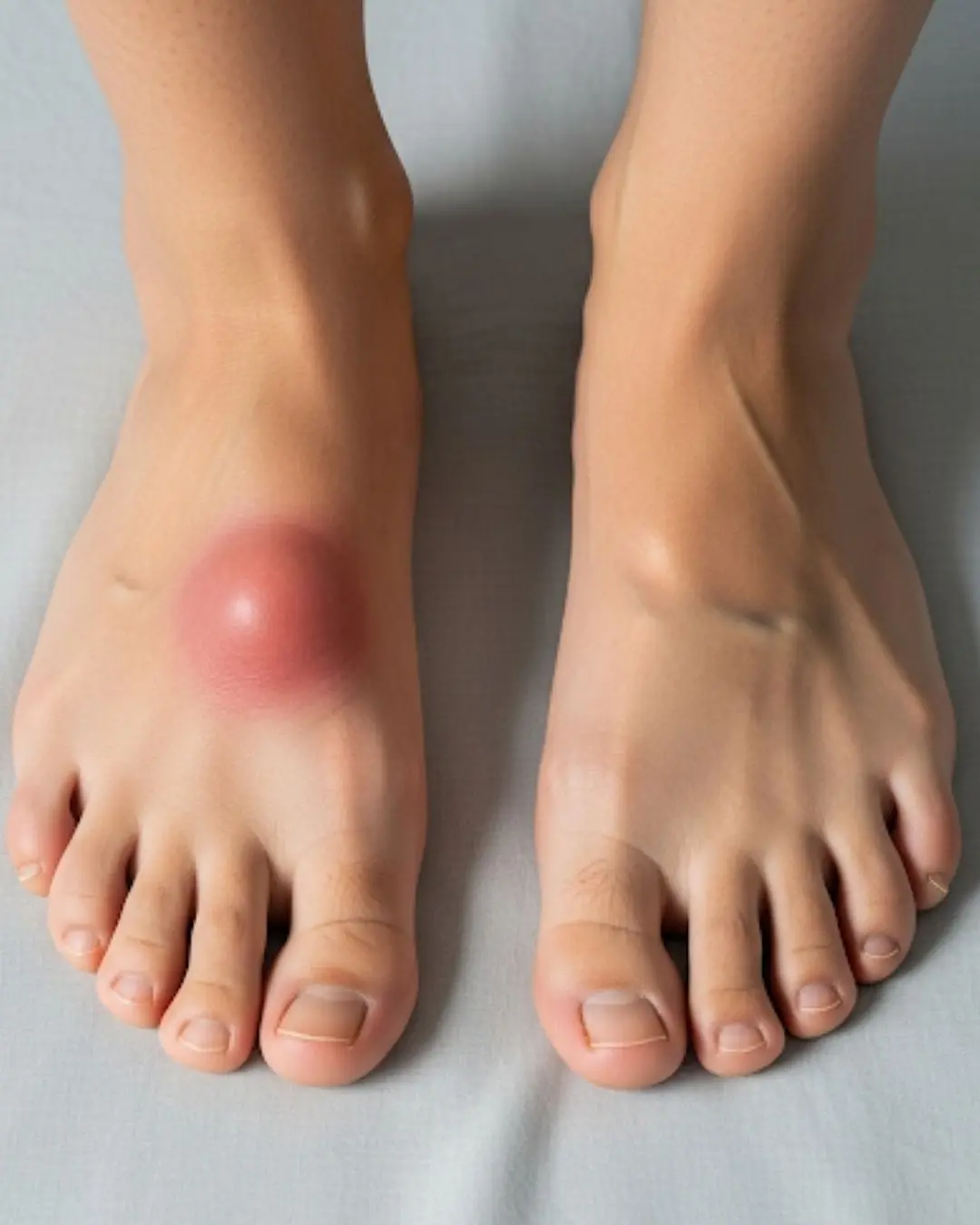
If Your Feet Swell It Is a Clear Sign

Why Doors in Public Bathrooms Don’t Reach the Floor

Nose Picking What This Taboo Habit Really Reveals About Us
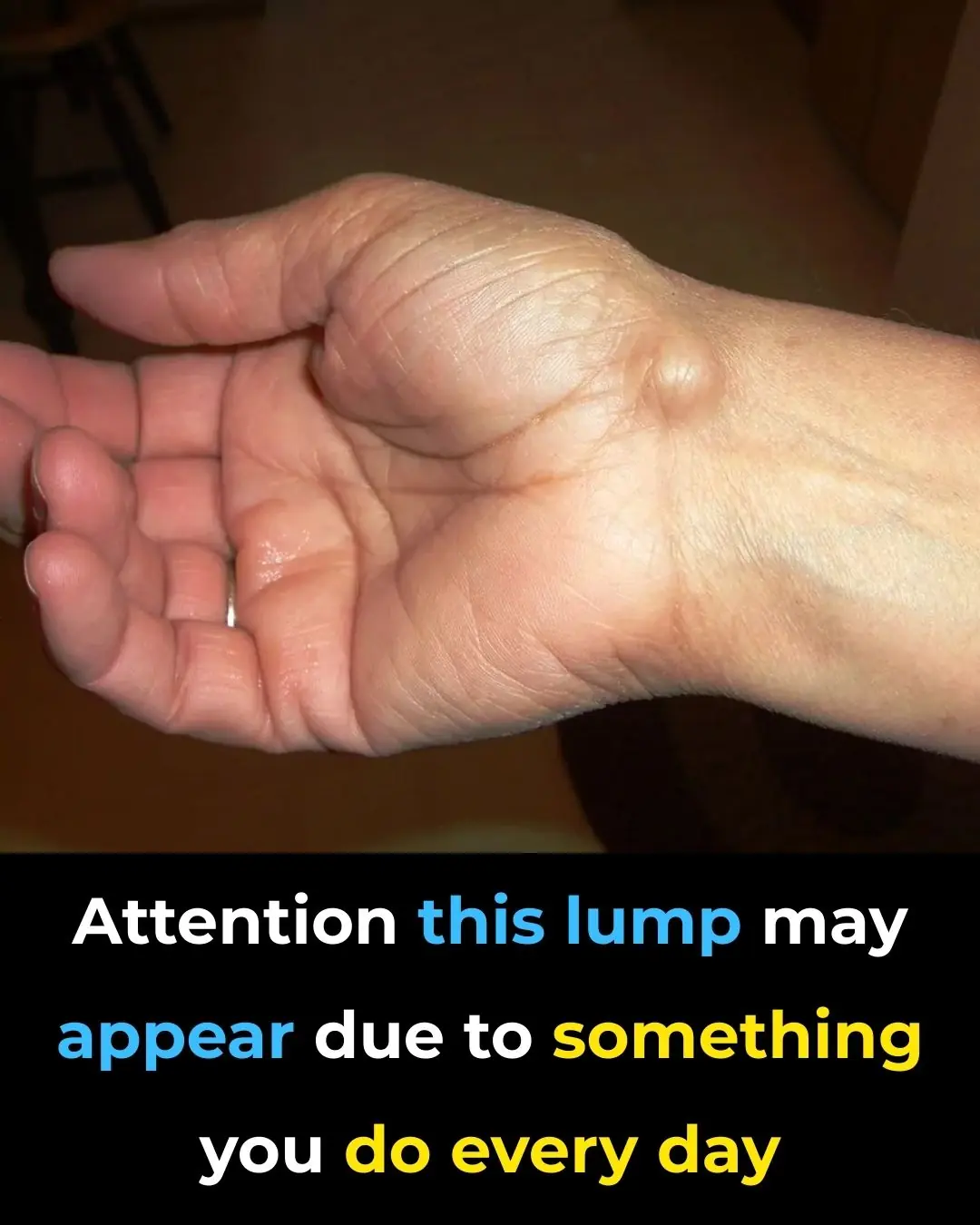
Everyday Habits That Can Cause a This Issue To Your Hands
